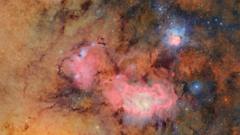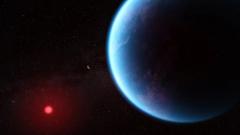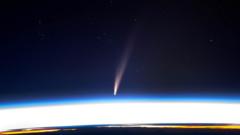In April, reports emerged suggesting that astronomers had identified potential indicators of life on the exoplanet K2-18b, located over 120 light-years away. The mere idea of extraterrestrial life captivated the scientific community and sparked widespread interest. However, in the weeks following the initial announcement, three independent research attempts have scrutinized these findings and come to a starkly different conclusion: there is no substantial evidence to support claims of life on K2-18b.
“The hypothesis simply dissipates,” noted Luis Welbanks, an astronomer affiliated with Arizona State University and co-author of one of the recent studies. This renewed skepticism underscores the larger challenges predicated on the current capabilities of observational astronomy, particularly when it comes to far-flung celestial bodies.
Unlike planets such as Mars or Jupiter that reflect light and can easily be observed, distant exoplanets like K2-18b remain far too faint, eluding the naked eye as well as conventional telescopic observation. Researchers have developed advanced techniques to retrieve data from these remote worlds, employing methods such as monitoring the oscillation of stars and analyzing gravitational effects from orbiting planets.
Back in 2010, the discovery of GJ 1214b, a planet just 48 light-years distant, was made possible by observing it as it transited across its star. By scrutinizing the starlight filtering through the planet’s atmosphere, scientists hypothesized a water vapor-rich environment. However, it was in 2022 that a significant breakthrough arrived with the deployment of the James Webb Space Telescope, which allowed astronomers to capture minuscule starlight patterns and further explore the intricate compositions of distant exoplanetary atmospheres.
As the dialogue around life beyond Earth unfolds, the recent investigations prompt a cautious approach toward claims regarding alien existence, emphasizing the complexities involved in the search for extraterrestrial beings across the cosmos.























